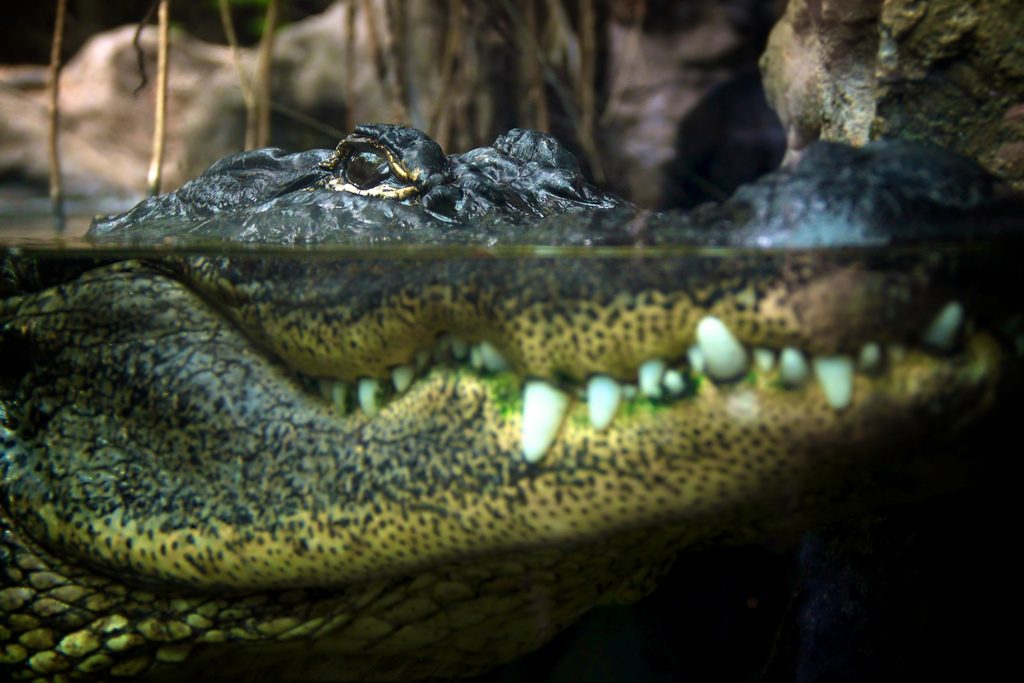Credit: Alexander Montuschi. CC BY-NC 2.0.
Unlike their cousins the crocodiles, alligators do not have salt glands and therefore lack the traits necessary to survive full-time in salt water. They move back and forth between marine and freshwater ecosystems to feed and rebalance their salt levels. By tracking the alligators, the scientists discovered the most important factor influencing the duration of trips to the marine environments was maximum water depth, a proxy for tidal range.
The team found that alligators remained in marine habitats for longer periods of time around spring tide events, where there is the greatest difference between high and low tides. Spring tides mean one thing for these alligators: more food. Due to the extreme high and low tidal heights, water speeds increase and displace common marine prey such as small fish and crustaceans. Additionally, the extremely low water depths isolate and concentrate aquatic prey. Both of these spring tide factors make it easier for the alligators to feed and explains why they spend more time in marine environments around spring tides.
Other physical factors contribute to patterns of movement, such as temperature and precipitation, which are associated with the need to balance salt and water intake. By understanding which factors contribute to the movement between ecosystems, managers will gain a better understanding of the alligator’s ecological impact on coastal ecosystems and be able to target conservation priority areas for the alligator.
Nifong, J.C. & Silliman, B. Abiotic factors influence the dynamics of marine habitat use by a highly mobile “freshwater” top predator. (2017) 802: 155. https://doi.org/10.1007/s10750-017-3255-7











